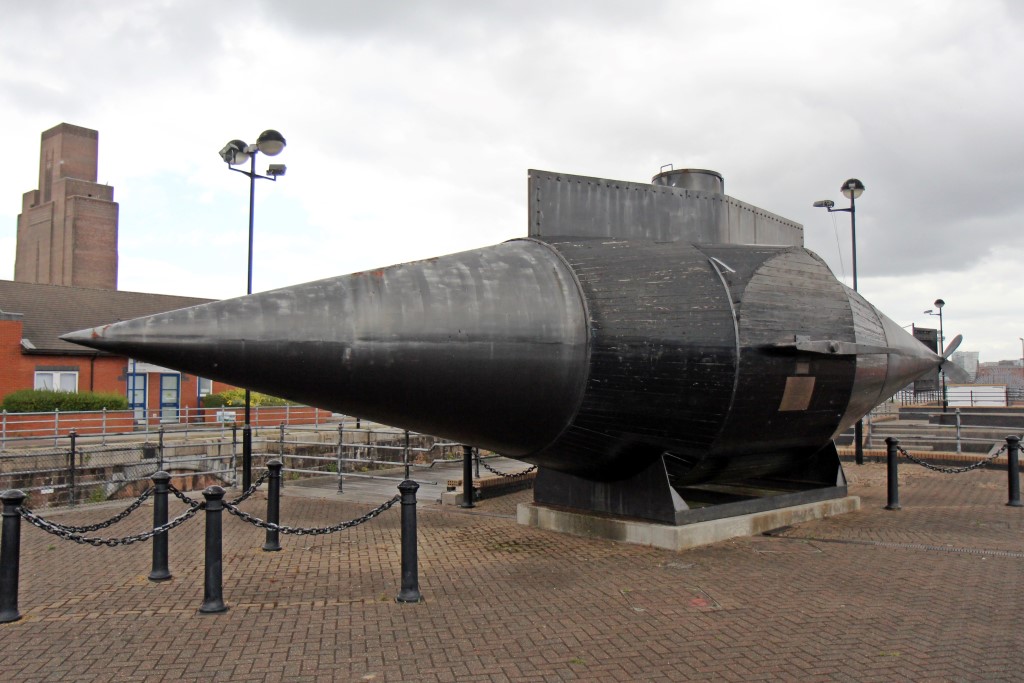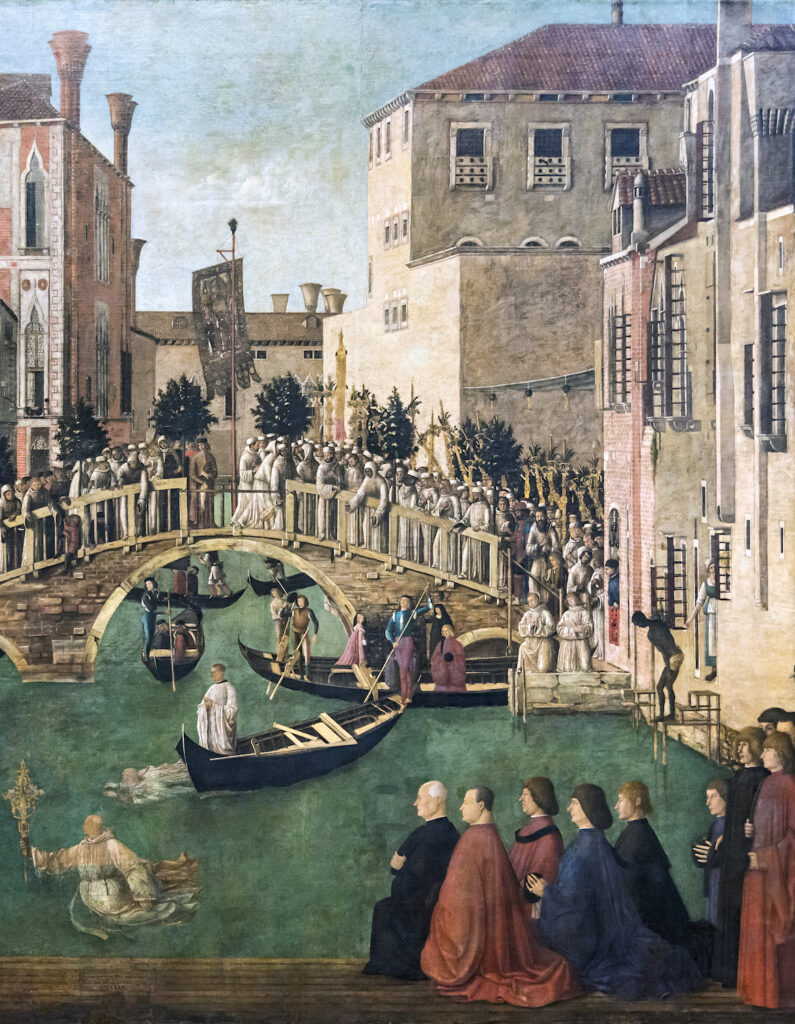Sultan Abdülhamid II (the last sultan with absolute powers), who reigned from 1876 until 1909, when he was deposed, was very much aware of the shortcomings of technological development in the Ottoman Empire at a time when foreign powers were progressing in this field in leaps and bounds. He could see this from the foreign press which which was submitted to his attention in translation and from his ambassadors’ reports.
Sending promising young students abroad for further training did not appeal to him: the young people would learn ‘bad ways’ in the decadent West; would either come back arrogant and disrespectful or would not come back at all. His idea was therefore to kickstart the Ottoman technical revolution at home, under the leadership of an inspirational model figure who could be enticed to come and work in the Empire.
According to his biographer Recep Hikmet Kırımlı, his first pick was Thomas Edison, the man who had tamed electricity and given light to the world. An official invitation was duly sent out, with an undertaking to make available funds that were twenty times as much as Edison was able to command in the US. But answer came there none.
Shortly afterwards the sultan was informed, possibly by his Navy Minister Admiral Bozcaadalı Hasan Hüsnü Paşa, that in around 1885 the Greek government had bought a submarine, a stealthy craft that could patrol the seas undetected—and in the sultan’s mind, deter any hostile undertaking by the Russians keen to find an opening into the Mediterranean. Submarines were quite a novelty at the time and still very much in the experimental phase. The one mentioned above had been built in Sweden to the design of an Englishman, the Rev. George Garrett, curate of Moss Side in Manchester. And it is diretly to him that the sultan applied. As a man of the cloth possibly through the pressure of family tradition, Garrett clearly preferred engineering to the care of his flock. He had been dabbling in submarines since the late 1870s and had made trials in the Liverpool area with mixed success. His contraptions (there were three of them, nicknamed ‘the curate’s egg’ because of their shape) were steam-powered. The last one did not live up to its given name, Resurgam (‘I will rise again’), because it foundered off Birkenhead while it was being towed to Portsmouth to impress the Royal Navy. It is still there and a replica can be seen on dry land nearby.

The repeated mishaps did not put the reverend off. He was able to team up with a Swedish business, which is how the Greek submarine had come about and how the sultan came to hear about the Rev. Garrett. The parts for two submarines commissioned by the Ottomans were constructed in Barrow shipyards and then reassembled in the Taşkızak naval shipyard on the Golden Horn. Trials of the two craft, named after the sultan and after his father Abdülmecid, were carried out in front of an extensive display of officialdom. One of submarines got as far as Seraglio Point (roughly where the Topkapı is) and successfully fired a torpedo at an old target-vessel which promptly sank. The Rev. Garrett joined the Ottoman Navy with the rank of Paşa. The design was still experimental, however, and full of problems with stability, autonomy when submerged, not to mention the safety of the crew. Later, when Van der Goltz Paşa, the German general who took on the task of modernising the Ottoman army, had a look at the rusting hulls of the two submarines, he declared them useless and had them scrapped.
As for the Rev. Garrett, things went from bad to worse. There proved to be no opening for him in Istanbul, the Church would not have him back as a curate and he eventually emigrated to America, where he died penniless after a string of ill-advised ventures.
By Paola Pugsley. Her latest book, Blue Guide Mediterranean Turkey, is now available in digital and print-on-demand format.








 If you happen to be in Tarsus, driving east along the central Adana Blv, you will find to your left, at the large roundabout 100m north of the Ulu Cami and the so-called Church of St Paul, a fountain with an intriguing statue in the middle of a small basin. It shows a triton standing on its coiled scaly tail with back and sides covered with large erect snakes, twelve of them: they hold the water pipes. More smaller snakes appear to be arranged as a sort of crown on the head of the figure. This is Şahmeran, and the connection seems to be with Persia, since Şahmeran translates as ‘king of snakes’ in Farsi. However, there is also talk of Egyptian origins, but in any case the legend of Şahmeran appears widespread all over the East, normally with a reference to medicine and healing. In fact, the coupling of healing with snakes is still with us, as the staff of Aesculapius (a roughly-hewn branch with one coiled snake, illustrated here) well testifies.
If you happen to be in Tarsus, driving east along the central Adana Blv, you will find to your left, at the large roundabout 100m north of the Ulu Cami and the so-called Church of St Paul, a fountain with an intriguing statue in the middle of a small basin. It shows a triton standing on its coiled scaly tail with back and sides covered with large erect snakes, twelve of them: they hold the water pipes. More smaller snakes appear to be arranged as a sort of crown on the head of the figure. This is Şahmeran, and the connection seems to be with Persia, since Şahmeran translates as ‘king of snakes’ in Farsi. However, there is also talk of Egyptian origins, but in any case the legend of Şahmeran appears widespread all over the East, normally with a reference to medicine and healing. In fact, the coupling of healing with snakes is still with us, as the staff of Aesculapius (a roughly-hewn branch with one coiled snake, illustrated here) well testifies.